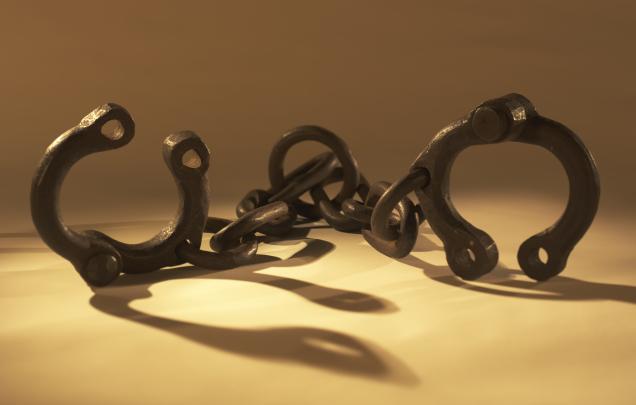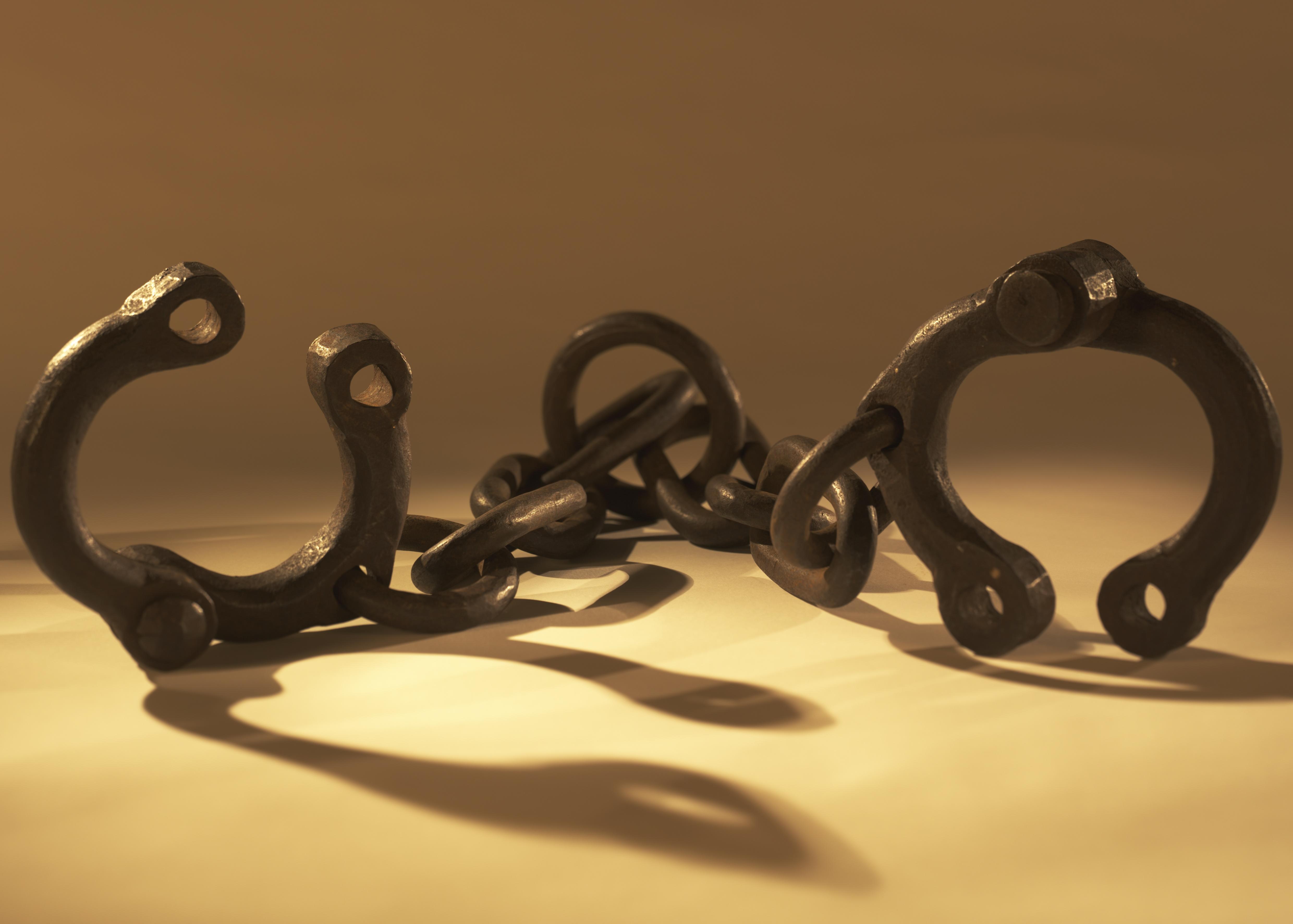Shipboard life
Students discover information about the convict women’s eventful journey onboard ship as part of the First Fleet.
This is the student activity 1 of 6 of the Convict women of the First Fleet learning activity.

Shipboard life
The First Fleet sailed from Portsmouth, England on the 13 May 1787. Life on board the Lady Penrhyn was hard, uncomfortable and crowded. Food was rationed and the women had only the clothing they were wearing. The women’s new clothing had not arrived in time before departure for all of them to have a clean change of clothes for the journey. In Rio De Janeiro Governor Arthur Phillip distributed more women’s clothing from his stores onboard that were part of the clothing allocation for the following two years. He wrote to London to say the women’s clothing that was packed on the ships was of poor quality, too small and fell apart in a few weeks. This was not a good start!
Read what Surgeon Arthur Bowes Smyth on the Lady Penrhyn records in his journal in 1787 about the convict women onboard the ship wanting fabric,
many of them plundering the Sailors…of their necessary cloaths & cutting them up for some purpose of their own.
And also,
the Sailors… who have at every Port they arrived at spent almost the whole of the wages due to them in purchasing different Articles of wearing apparel [for the convict women on the ship].
Other happenings onboard included the drama of some convict women being placed in irons.
Read this quote from Surgeon Arthur Bowes Smyth, surgeon onboard the Lady Penrhyn in April 1787 (before they had left England!). Five women had escaped their quarters and found in a different part of the ship.
They order'd all the 5 women to be put in Irons.
And,
This day two of the Convicts put in irons for fighting.
Look at the image of leg irons. These leg irons are from a much later era in our colonial history (1830-1848) but are similar, if not the same, as those used in 1788. This set of leg irons are made of cast iron with two heavy anklets connected by a chain of nine links which measures 123.5 x 19 cm at widest part.
Answer these questions:
- How would you feel being put in leg irons?
- Do you think being put in irons is a just punishment?
We don't actually know what the sleeping arrangements were on the ships of the First Fleet. The six transports were privately owned ships that had been hired by the government to take the convicts to New South Wales, and had been converted, or refitted, to make them suitable. There are no drawings or plans of the ships, so all we can do is guess, based on information about other similar ships. At least one of the First Fleet convict ships, the Lady Penrhyn, had actually been built as a slave trader, so it doesn't sound very comfortable, even though there were not as many people crammed into it as it had been designed to hold. In his book The Second Fleet, historian Michael Flynn describes the cradles and berths that were constructed below decks for the convict women on the Lady Juliana, which arrived in 1790 as part of the Second Fleet. A cradle was a partition capable of sleeping up to twelve women, while a berth would accommodate up to five. So whichever arrangement was in place on the First Fleet ships for the convict women, we know they were sharing beds, and the space wasn't very big.
Whenever it was sunny, they would take their bedding, probably a thin mattress with straw inside, and a cover, up on to the deck to air. That meant it wouldn't get damp and mouldy and smelly. The cabins were also cleaned regularly, even with gunpowder sometimes! The buckets that were used as toilets were scrubbed clean daily. In tropical weather it could be suffocatingly hot and in violent storms sea water, animal waste and sewerage could wash though the hatches. The convict women were sewing, repairing and washing clothes for the Fleet. There were quite a few children to look after as well. Rationed meals were provided to the convicts twice a day. The convict women washed themselves in collected sea water using soap that was provided. There were women convicts on other transports in the First Fleet, and some free women who travelled with their husbands who were soldiers and marines, but the Lady Penrhyn carried the most women.
Read what Surgeon Arthur Bowes Smyth on the Lady Penrhyn says in his journal about conditions onboard on New Year’s Eve 1787:
This day many of the Women were wash’d out of their Births by the Seas… The water was brought out between Decks with Buckets.
Discuss and brainstorm ideas for the following questions:
- How would you feel living in a small space?
- How would you feel if you were told you had to live in this space for the next 8 months with people of all ages that you didn’t know?
- How would you pass the time?
- What would be the worst aspect of the journey for you?
